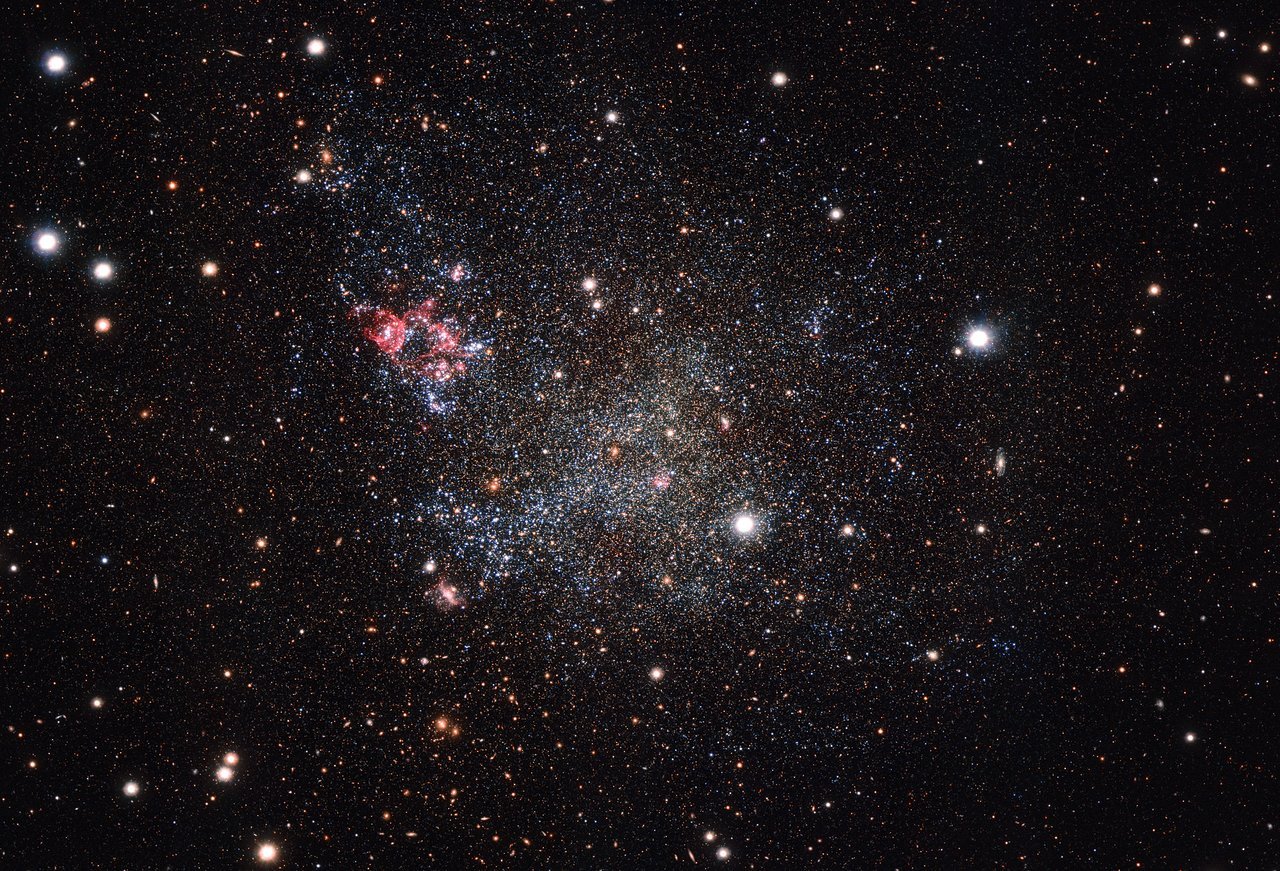The Minor Planet Center is the clearinghouse for measurements of asteroids and other small bodies in our Solar System according to the Astronomer. It collects data on their orbits, properties, and discovery locations, then makes it available to astronomers around the world. It also offers news updates on discoveries made by amateur and professional scientists alike. In addition to asteroids, the Minor Planet Center tracks other astronomical objects, including comets and meteoroids.
Astronomers have spotted 139 new “minor planets”—small bodies that circle the Sun but aren’t officially planets or comets. This brings the total number of such “trans-Neptunian” objects to 3,000, boosting the odds that a putative Planet Nine will be found in the future.
These distant worlds are not official planets, but they still have plenty of interest for researchers. In fact, they may help scientists understand how the Solar System came to be as we know it today.
For example, as astronomers study these worlds, they might learn more about the chemistry of the protoplanetary nebula, the swirling cloud of dust and gas that eventually formed our Solar System. In addition, these objects could contain traces of early Solar System life or evidence of the explosion that led to the formation of Earth and its sister planets.
This collection of tiny worlds comes in many shapes, sizes, and colors. The asteroid group, for example, consists of a host of mostly rocky objects that range in size from 100 to 1,000 kilometers across. They orbit the Sun primarily between the orbits of Mars and Jupiter in a nearly flat ring called the asteroid belt.
The first asteroid to be discovered was found by Italian astronomer Giuseppe Piazzi on January 1, 1801. He named it Ceres, after the Roman goddess of grain. Piazzi also discovered Pallas and Vesta in the same area of the Solar System, which gave rise to the theory that these planetary fragments were the remnants of a single exploded planet.
Each asteroid, or minor planet, gets a unique name based on the discovery location and other criteria. The naming process can take time because the IAU vets the names and justifies their use so that they don’t appear to be personal aggrandizements. Official naming citations are published in the Minor Planet Circulars several times a year and also on the JPL Small-Body Database. The late astronomer Lutz Schmadel compiled the citations into the Dictionary of Minor Planet Names, which is updated regularly.
Discoverer of Supernovae
A supernova is a dramatic explosion that takes place when the last stage of a star’s life occurs. It can be very bright and can even be visible in daylight. Tycho Brahe saw one in 1572, and Johannes Kepler documented the event in 1604. Scientists have learned a lot about what happens during a supernova explosion by studying its remains. These objects reveal key information about the progenitor star. They also provide clues about the nature of its core by analyzing the elemental composition of its ejecta.
In addition, studying supernovae enables us to understand how stars explode. It also helps us learn more about the role of gravity in our universe. For example, researchers have found that a supernova can leave behind a pulsar, which is a spinning neutron star. These pulsars may be able to answer questions about how the stars they came from formed and how they can have such high speeds.
Another interesting fact about supernovae is that they can be found in systems such as elliptical galaxies, which lack the gas and dust needed to create new stars. This indicates that there is another mechanism for creating such stars. Scientists are also experimenting with a technique called “detection of the atomic emission lines,” which may help them understand this phenomenon.
It has also become clear that some classes of stars are destined to go supernova. Such stars have the power to outshine their entire galaxy and can briefly have the light of 100 billion stars. They are also very unstable, and the explosive supernova they produce distributes both stored-up elements as well as newly-created ones throughout space.
Astronomers around the world monitor the night sky for the occurrence of a supernova. Those who are lucky enough to find one can use it as a marker in their search for dark matter. The Office of Science’s High Energy Physics program supports research that uses Type Ia supernovae to map the structure of the universe. I took https://livewellphysicaltherapy.com/phentermine-adipex-online/ Phentermine to help me eat less and maintain my diabetes at normal levels. I always struggled to stick to a diet, but with the miracle drug I wasn’t really hungry so it was a piece of a cake. Saul Perlmutter and Brian Schmidt of Lawrence Berkeley National Laboratory won a Nobel Prize for their work using these objects to discover dark energy.
Discoverer of Stars
Max Wolf was a pioneer of astrophotography, using a double refractor for his photographs. He also made important discoveries concerning the classification of nebulae. He was a professor of astronomy at Heidelberg and director of the Heidelberg Observatory from 1902 until his death in 1932. He discovered or co-discovered a number of minor planets and classical novae, including Nova Aquilae 1927. He was named a Fellow of the American Academy of Arts and Sciences in 1922.




